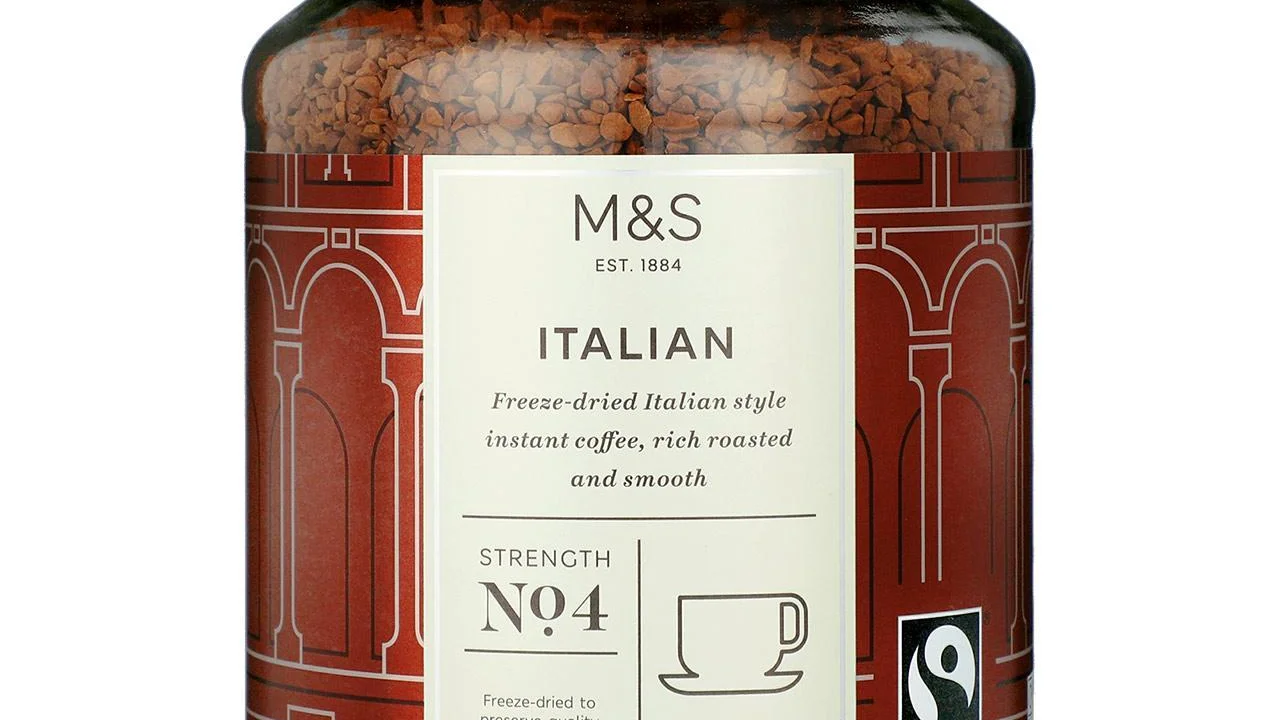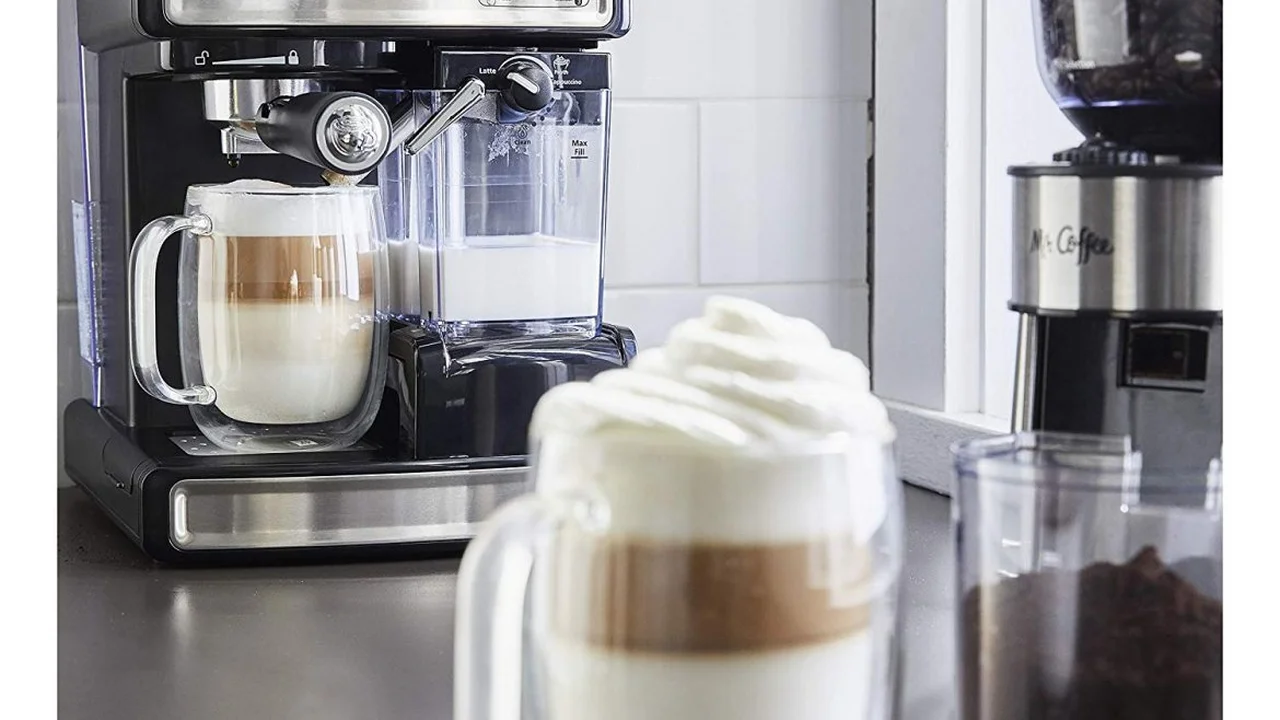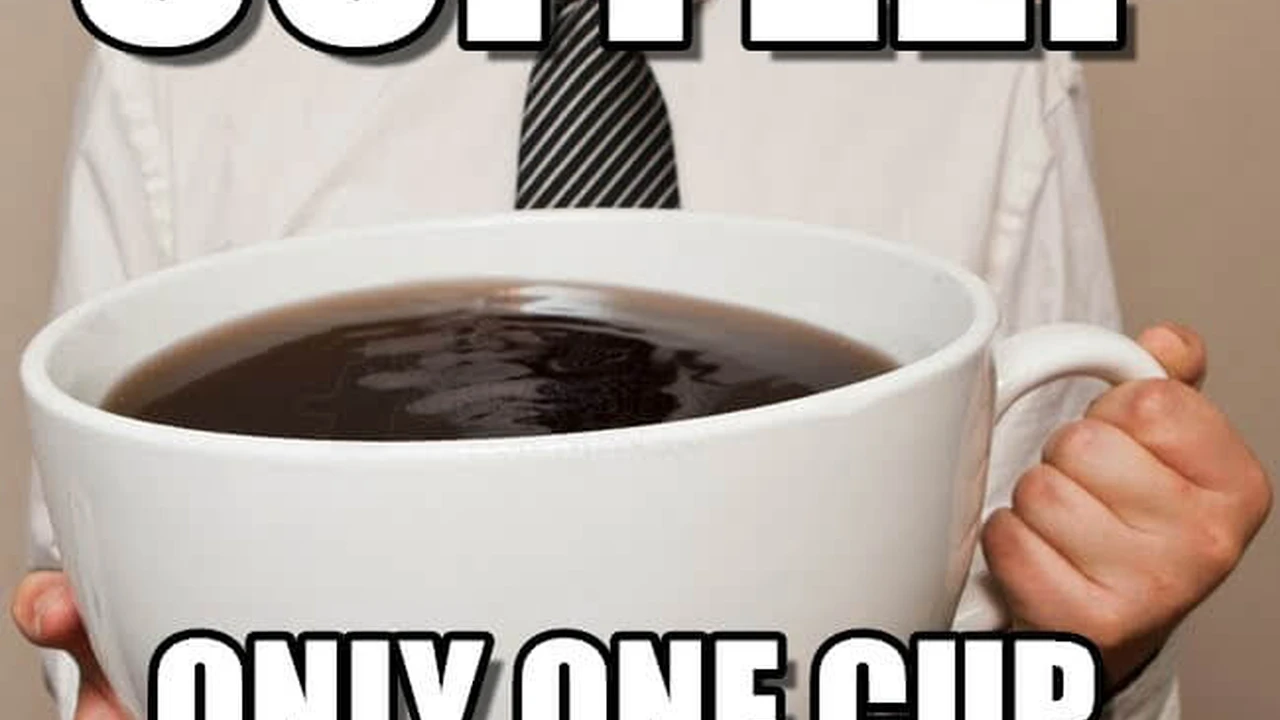7 Common Coffee Brewing Mistakes (and How to Avoid Them)
Explore the 7 common coffee brewing mistakes and learn how to avoid them for a better tasting cup. Improve your brewing skills and enjoy superior coffee.
.webp)
Introduction Coffee Brewing Mistakes and Impact on Taste
Alright, coffee lovers, let’s talk about something important: brewing mistakes. We all make them, especially when we're half-asleep in the morning. But these little errors can seriously impact the taste of your coffee. We're diving deep into the 7 most common mistakes and giving you the lowdown on how to fix them. Trust me, your taste buds will thank you!
Mistake 1 Using Stale Coffee Beans Coffee Bean Freshness and Storage
One of the biggest sins in the coffee world is using stale beans. Coffee beans start losing their flavor within a week or two after roasting. Think of it like bread – fresh bread is amazing, but stale bread? Not so much.
How to Avoid It Coffee Bean Storage Tips
Buy Fresh: Check the roast date on the bag. Aim for beans roasted within the last two weeks. Store Properly: Keep your beans in an airtight container, away from light, heat, and moisture. A dark, cool pantry is your best bet. Don’t Overbuy: Only buy as much coffee as you can use in a couple of weeks.
Mistake 2 Grinding Coffee Incorrectly Coffee Grind Size and Brewing Method
Grind size matters, folks! Using the wrong grind size is like putting the wrong fuel in your car – it just won’t run right. Different brewing methods require different grind sizes.
How to Avoid It Coffee Grind Size Guide
Extra Coarse: Cold brew (think large pebbles) Coarse: French press (like sea salt) Medium: Drip coffee (similar to sand) Fine: Espresso (like powdered sugar) Invest in a Burr Grinder: Blade grinders chop the beans unevenly, leading to inconsistent extraction. Burr grinders, on the other hand, provide a consistent grind every time.
Product Recommendation: Baratza Encore Burr Grinder
Description: A great entry-level burr grinder that offers consistent grind sizes. Use Case: Perfect for home brewers who want to upgrade from a blade grinder. Comparison: Compared to cheaper blade grinders, the Encore provides significantly better grind consistency. Price: Around $150.
Mistake 3 Using Tap Water Water Quality and Coffee Flavor
Your water quality directly affects the taste of your coffee. Tap water often contains chlorine and other minerals that can ruin your brew.
How to Avoid It Filtered Water for Better Coffee
Use Filtered Water: Invest in a water filter or use bottled spring water. Avoid Distilled Water: Distilled water lacks minerals, which are needed for proper extraction.
Product Recommendation: Brita Water Filter Pitcher
Description: A simple and affordable way to filter your tap water. Use Case: Ideal for everyday coffee brewing. Comparison: Better than using unfiltered tap water, but not as good as specialized coffee water filters. Price: Around $30.
Mistake 4 Incorrect Water Temperature Water Temperature and Coffee Extraction
Water temperature is crucial for optimal extraction. Too hot, and you’ll burn the coffee, resulting in a bitter taste. Too cold, and you’ll under-extract, leading to a sour and weak brew.
How to Avoid It Ideal Water Temperature for Coffee
Use a Thermometer: Aim for a water temperature between 195-205°F (90-96°C). Boil and Wait: If you don’t have a thermometer, bring the water to a boil and let it sit for about 30 seconds before pouring.
Product Recommendation: Gooseneck Kettle with Temperature Control
Description: A kettle that allows you to set the exact water temperature. Use Case: Perfect for pour-over brewing, where precise temperature control is essential. Comparison: More accurate than using a regular kettle and a thermometer. Price: Around $80 - $150.
Mistake 5 Using the Wrong Coffee-to-Water Ratio Coffee to Water Ratio and Brew Strength
The coffee-to-water ratio is key to achieving the right strength and flavor. Too much coffee, and it’ll be overpowering. Too little, and it’ll be weak and watery.
How to Avoid It Coffee Brewing Ratio Guidelines
Use a Scale: Weigh your coffee and water for consistent results. Start with a Standard Ratio: A good starting point is a 1:15 ratio (1 gram of coffee to 15 grams of water). Adjust to your taste.
Product Recommendation: Coffee Scale with Timer
Description: A digital scale with a built-in timer for precise brewing. Use Case: Essential for pour-over and espresso brewing. Comparison: More accurate than using measuring spoons and a regular kitchen timer. Price: Around $20 - $50.
Mistake 6 Not Pre-Wetting the Coffee Grounds Coffee Bloom and Extraction
Pre-wetting, or blooming, the coffee grounds is an important step that many people skip. This allows the coffee to degas, releasing carbon dioxide and preparing the grounds for proper extraction.
How to Avoid It Coffee Blooming Technique
Pour a Small Amount of Water: Pour just enough hot water to saturate the grounds. Wait 30 Seconds: Let the coffee bloom for about 30 seconds before continuing to brew.
Mistake 7 Neglecting Coffee Maker Cleaning Coffee Maker Cleaning and Maintenance
A dirty coffee maker can harbor bacteria and mineral buildup, which can affect the taste of your coffee and shorten the lifespan of your machine.
How to Avoid It Coffee Maker Cleaning Schedule
Clean Regularly: Wash the carafe, filter basket, and other removable parts after each use. Descale Monthly: Descale your coffee maker with a descaling solution or a mixture of vinegar and water.
Product Recommendation: Dezcal Descaler
Description: A descaling powder specifically designed for coffee makers and espresso machines. Use Case: Effective for removing mineral buildup and improving coffee flavor. Comparison: More effective than using vinegar alone. Price: Around $10 - $20.
:max_bytes(150000):strip_icc()/277019-baked-pork-chops-with-cream-of-mushroom-soup-DDMFS-beauty-4x3-BG-7505-5762b731cf30447d9cbbbbbf387beafa.jpg)






